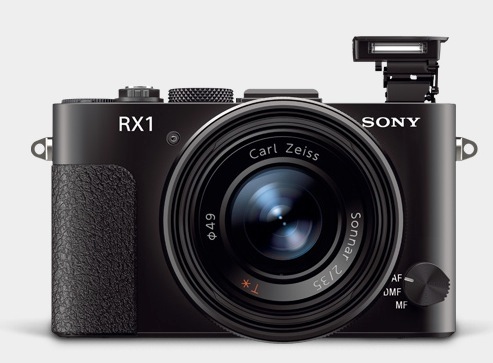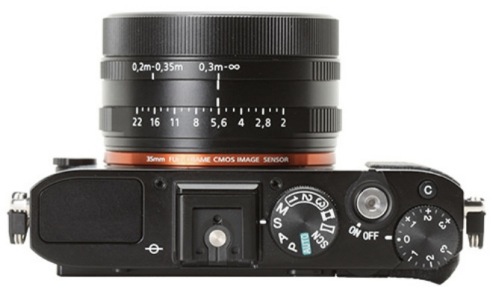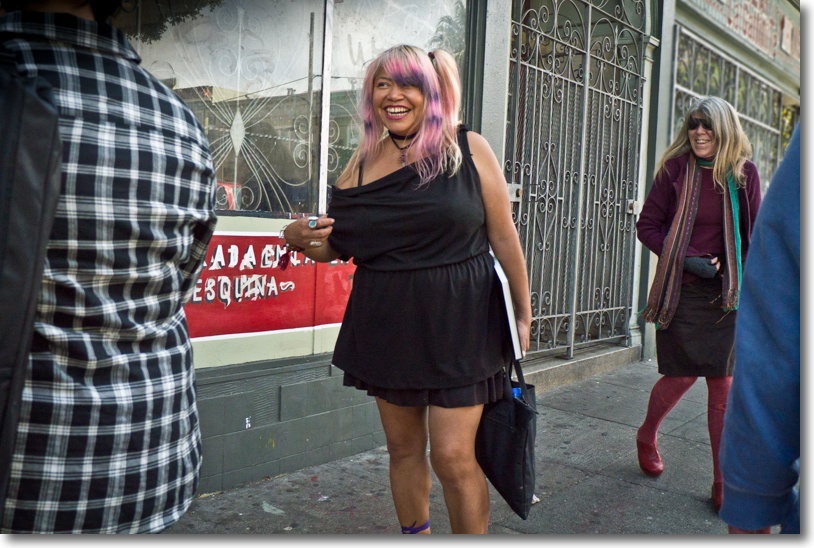The (not so) poor man’s Leica at last?
If you told me to select just one lens for all my street snaps it would be the 35mm f/2 Summicron on a Leica M body. Optically unsurpassed, the problem with that combination is that it comes in at some $10,000, and the dated body design comes with a cluttered multi-frame finder. Further, the Leica is manual focus only and 35mm is long enough that focus often matters, especially at larger apertures. So even putting aside price, the Leica no longer cuts it for rapid action street snaps where auto-everything is the order of the day.

Sony has just released its RX1 camera and it is an intriguing design for street snaps. First, it comes with a full frame sensor in a very compact body – 4.5 x 2.8 x 2.6 inches weighing just 18 ounces. The Leica M9 without lens is 5.5 x 2.9 x 3.2 inches and 30 ounces, with the 35mm Summicron. Second the non-interchangeable lens is a 35mm f/2 design from Zeiss who have recently been distinguishing themselves with outstanding optics for full frame Canon and Nikon DSLRs.
There are some quibbles from reading the specifications. There’s no optical viewfinder which is essential for street work. Squinting at an LCD screen at arm’s length in bright light is not a prescription for stealth. Sony is asking $600 for their clip on finder, which is silly, and you can get the wonderful Voigtländer from CameraQuest for $209. I use the 28mm version and can recommend it without reservation. It’s unclear what battery life is like, but if the LCD screen can be turned off – assuming it’s the greatest power consumer – then over 300 snaps on a charge seems possible. Sony claims 270 shots when using the LCD. It is also unclear how responsive the camera is. The Leica’s shutter release remains the standard against which to judge, being beautifully sprung, predictable and fast – after you have futzed with manual focusing, that is. If the Sony is anywhere close then it’s a winner in my book.
The 24mp sensor looks to be the one from Nikon’s FF D600 which is known to be outstanding, especially at high ISO where it takes over from where the low light sensor in the D700 excelled. Focus is down to 5 inches and there’s a movie mode if that’s your thing. And, best of all, it says ‘Sony’ in large chrome script on the front so no one will ever take you seriously while you get your snaps. Sony makes TVs (OK, loses money on overpriced TVs) and point-and-shoots, right?

Controls include an Aperture Priority auto exposure mode and the lens has a real aperture ring – excellent! That remains the optimal design in my opinion, not the modern Canon and Nikon DSLR approach which dictates the use of fiddly control wheels while removing the aperture ring from the lens. There’s a built-in pop up flash which is nice to have, if hardly relevant to street snapping. There’s also a nice clickable exposure compensation dial on the top plate for corrections up to +/- 3 stops which is hands-down a better way of doing it than using LCD menus. Very handy.
Chimping the test snaps at DPReview compared to the Nikon D600 (taken with the outstanding 85mm f/1.8G lens) shows little quality difference, though the Sony’s lens displays modest barrel distortion. Once Adobe comes up with a profile the barrel distortion can be easily corrected on import into PS or LR. Noise is barely visible in 16x enlargements even at ISO 6400.
The biggest stumbling point is the price. At $3000 with a good aftermarket viewfinder this is a very costly camera indeed. That sort of money gets you a full frame Nikon D600 with a similar sensor and a fine lens or two. Admittedly, that’s comparing chalk and cheese, but the D600 can do street snaps at a pinch, if less unobtrusively, and can also do lots of things that the single purpose RX1 cannot. However, at $3,000, that’s still less than the Leica 35mm Summicron alone!

Pink Hair. When there’s no time for manual focus, AF is the ticket. Panny G3, kit lens, ISO 1600.